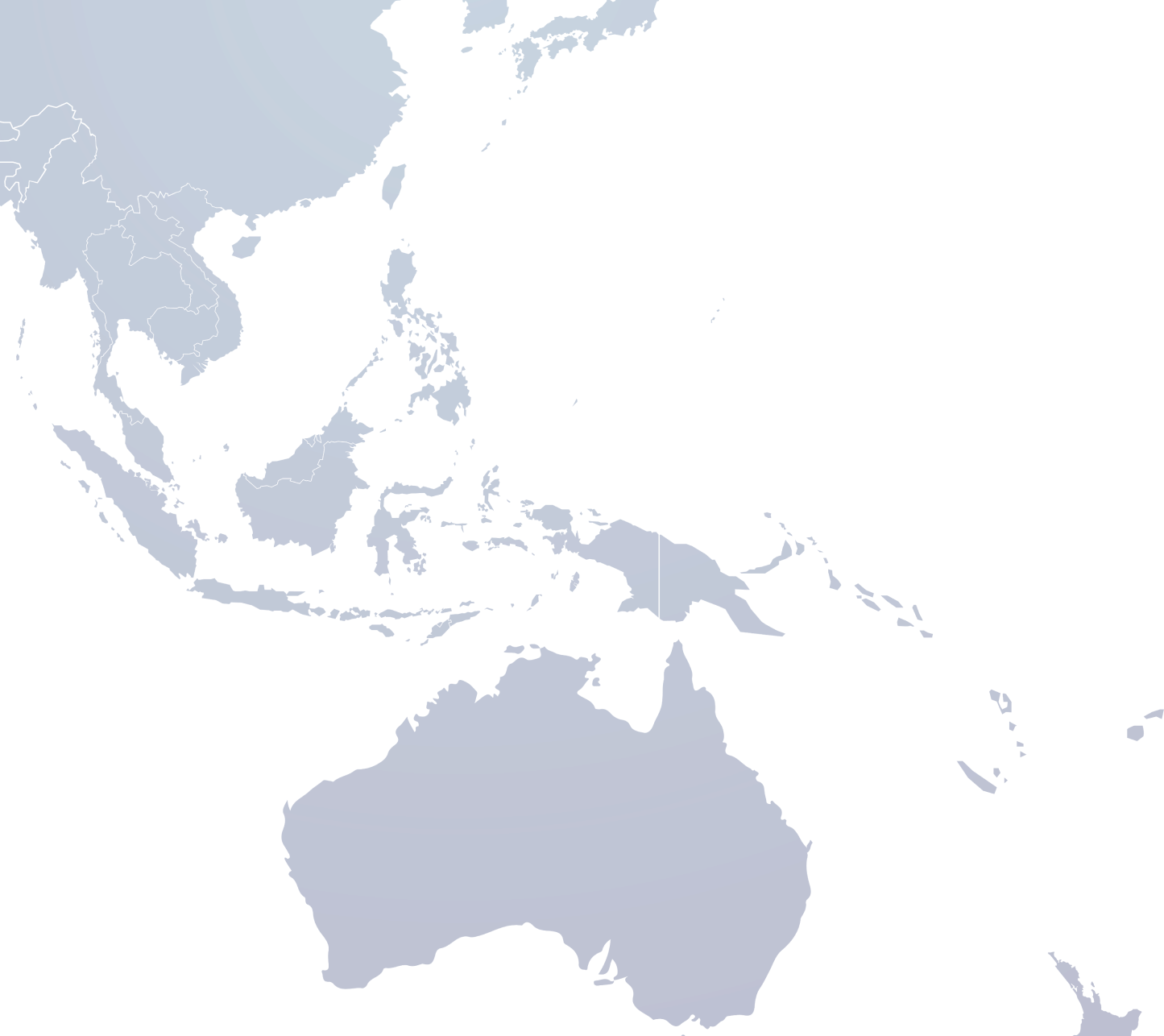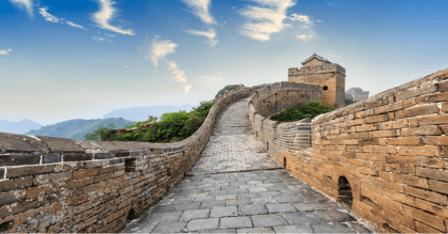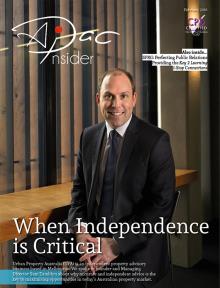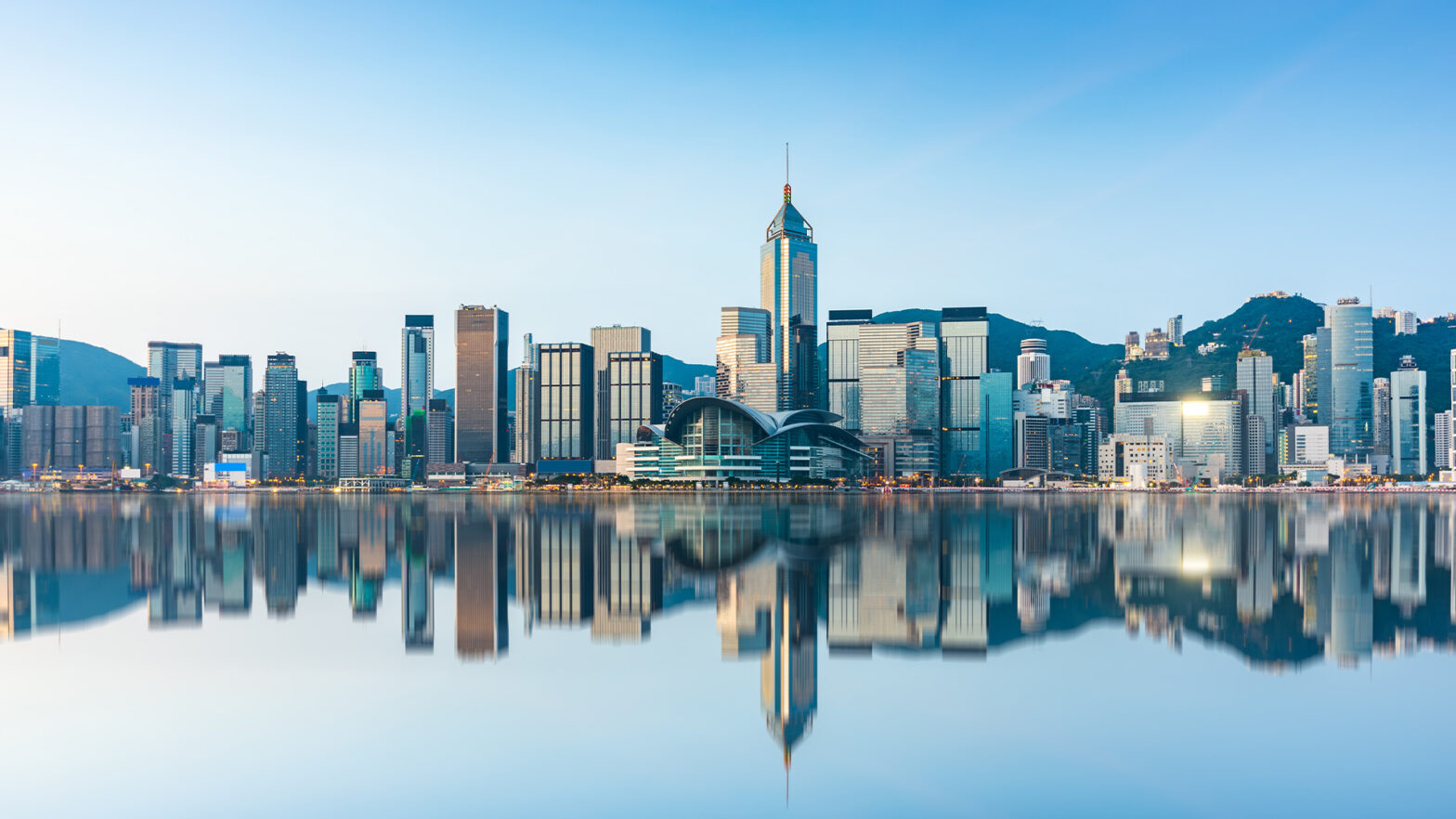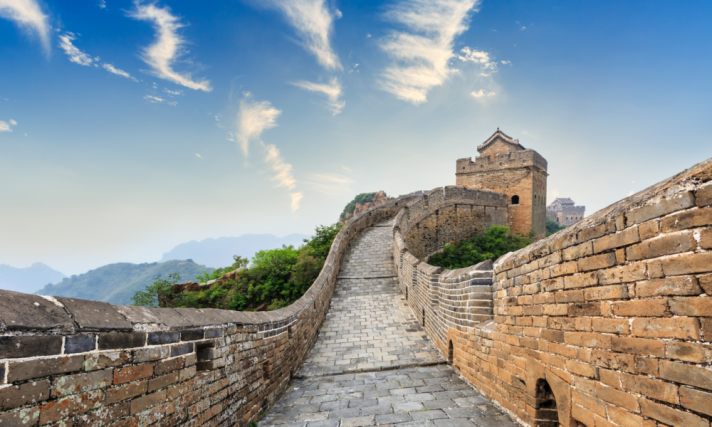
Rathbones: ‘China, not India, will dominate Asian growth for at least another 20 years’
Ed Smith, Head of Asset Allocation Research, Rathbones, argues that while India may be the ‘new China’ for some investors, China is set to remain the largest Asian growth engine over the next 20 years, despite concerns about its debt.
Ed Smith says: “While India may be the ‘new China’ for some investors, given it is where China was in terms of growth at the start of the new millennium, China is to remain the largest Asian growth engine over the next 20 years, and should continue to command investors’ attention. Given the relative size of the two economies today, it would still take over two decades for India’s GDP to exceed China’s, even if India achieves all of its much needed reform and China achieves very few. Of course, that doesn’t mean that the Chinese stock market will automatically perform better, but it is important to bear in mind the stark difference in size when thinking about allocating capital.”
He adds that while India still has a decent demographic dividend, demographics will actually detract from growth in China.
“There’s scope for capital deepening in both countries. But in China it will be curtailed by excess debt and overinvestment in state-owned industrial sectors; in India there is a dysfunctional banking system and excessive red tape. Reform and productivity growth is key.”
In recent months levels of debt in China have caused concern for some investors. However, Ed thinks that the risk of a debt crisis is low.
“There is no crisis. China is not your typical emerging market ‘problem’, so we are much more sanguine than many of our peers about the level of debt in China and its neighbours. For sure, we expect that past excesses will reduce new growth and lending to productive projects for years to come, but a significant policy-induced slowdown seems unlikely. President Xi is acknowledging that high debt levels pose a risk for future growth, and he remains committed to doubling GDP per capita by 2020. To achieve this, Beijing must balance the amount of reform and deleveraging it can undertake, while maintaining an annual growth rate of 6.3%.
“Politburo member Liu He told Davos that Chinese reform will exceed Western expectations this year. Another top brass, Fang Xinghai, warned that there was too much debt in the system, but that the new super regulator would swoop in if there was any hint of systemic collapse. The quid pro quo is weaker credit growth and that already seems to be weighing on activity. Our measure of the credit ‘impulse’ in China has fallen back to zero. Our ‘nowcast’ of the underlying rate of economic growth rolled over in Q4 the biggest quarterly fall since it began to trend up again in 2015. It’s too early to call a new trend, but this is something we’re monitoring closely.”
As it stands, Smith expects global economic and financial conditions will ensure emerging market equities have another good year, even though the Chinese economy may soften as a result of financial tightening, a weak property market and industrial restrictions to curb pollution.
“Contrary to popular wisdom, emerging market equities have previously outperformed during past Fed rate tightening cycles. We expect this to happen again unless their currencies start to weaken significantly, but again that’s not our base case.”











